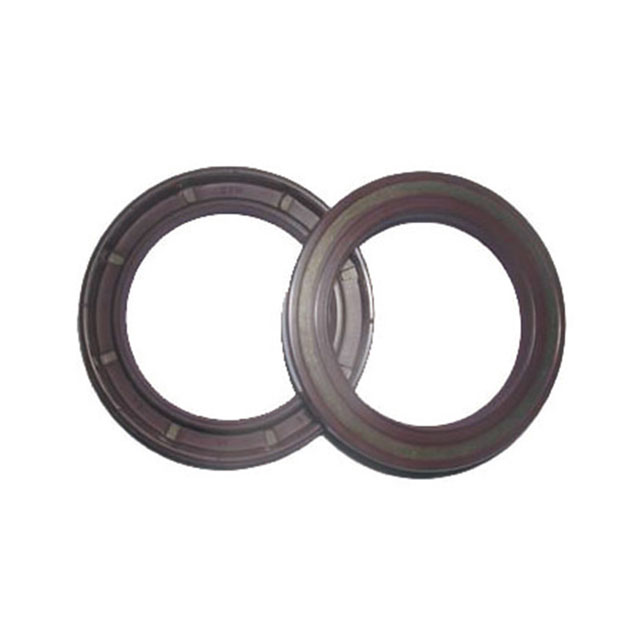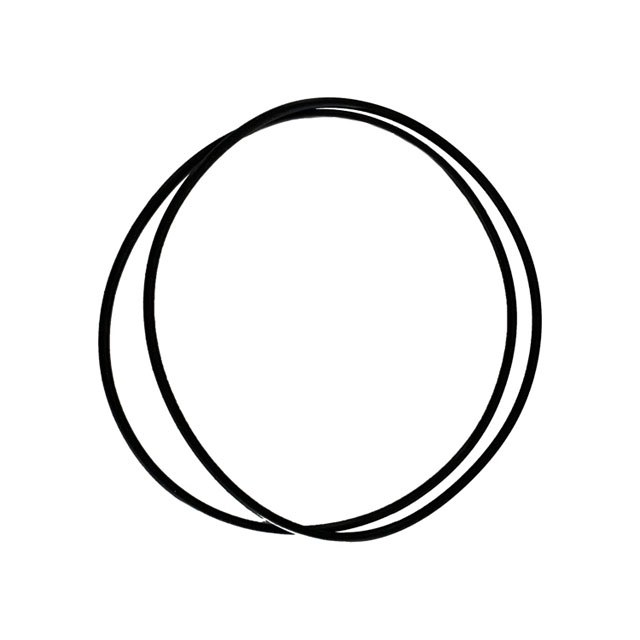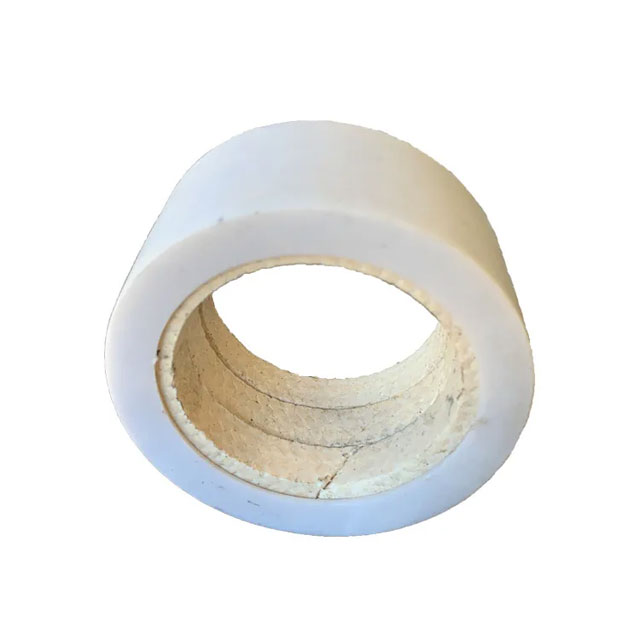WhatsApp: 86-13735815206 / 86-17392256505
WeChat: 86-13735815206 / 86-17392256505
Phone: 86-29-88680837
Mail: sales@hlsolidscontrol.com
Add: Room 804, Building 1, Western Cloud Valley Phase II, Fengxi New Town, Xixian New District, Shaanxi Province
WeChat: 86-13735815206 / 86-17392256505
Phone: 86-29-88680837
Mail: sales@hlsolidscontrol.com
Add: Room 804, Building 1, Western Cloud Valley Phase II, Fengxi New Town, Xixian New District, Shaanxi Province
What are the main components of drilling fluid
Time: 2023-06-14 Source: Author: hlsolidscontrol
The main functions of the drilling fluid are: cleaning the bottom of the well, carrying cuttings; cooling and lubricating the drill bit and drill string; forming mud cakes, protecting the well wall; controlling and balancing formation pressure; suspending drill cuttings and weighting agents; ground sedimentation, removing drills Chips; provide stratigraphic data; protect oil and gas reservoirs from damage; use as motive fluid to transfer water power, etc.
The main components of drilling fluid are:
1 Water-fresh water, salt water, salt water and saturated salt water, etc.;
2 Bentonite-sodium bentonite, calcium bentonite, organic clay or salt-resistant clay, etc.;
3 Chemical treatment agents-inorganic, organic, surfactants, high molecular polymers, etc.;
4 Light oil or crude oil, etc.;
5 Weighting agent-barite, hematite, etc.;
6 Gas-air or natural gas. www.hlsolidscontrol.com/Solids-Control-Equipment/Mud-Agitator/
These components have different functions in different drilling fluid dispersion systems. From a physical and chemical point of view, drilling fluid is a multi-phase unstable system, which includes suspensions (such as barite, drill cuttings, and suspensions of clay). Etc.), colloids (such as high molecular polymers, aqueous solutions of bentonite powder, etc.) and true solutions (such as aqueous solutions of sodium chloride, sodium carbonate, etc.). The leading role is colloid. From the perspective of composition, drilling fluid is essentially a mixture of liquid, solid and chemical treatment agent. Among them, the solids may be artificially added substances for adjusting the performance of the drilling fluid, or they may be worthless drill cuttings that contaminate the drilling fluid.
The main components of drilling fluid are:
1 Water-fresh water, salt water, salt water and saturated salt water, etc.;
2 Bentonite-sodium bentonite, calcium bentonite, organic clay or salt-resistant clay, etc.;
3 Chemical treatment agents-inorganic, organic, surfactants, high molecular polymers, etc.;
4 Light oil or crude oil, etc.;
5 Weighting agent-barite, hematite, etc.;
6 Gas-air or natural gas. www.hlsolidscontrol.com/Solids-Control-Equipment/Mud-Agitator/
These components have different functions in different drilling fluid dispersion systems. From a physical and chemical point of view, drilling fluid is a multi-phase unstable system, which includes suspensions (such as barite, drill cuttings, and suspensions of clay). Etc.), colloids (such as high molecular polymers, aqueous solutions of bentonite powder, etc.) and true solutions (such as aqueous solutions of sodium chloride, sodium carbonate, etc.). The leading role is colloid. From the perspective of composition, drilling fluid is essentially a mixture of liquid, solid and chemical treatment agent. Among them, the solids may be artificially added substances for adjusting the performance of the drilling fluid, or they may be worthless drill cuttings that contaminate the drilling fluid.



